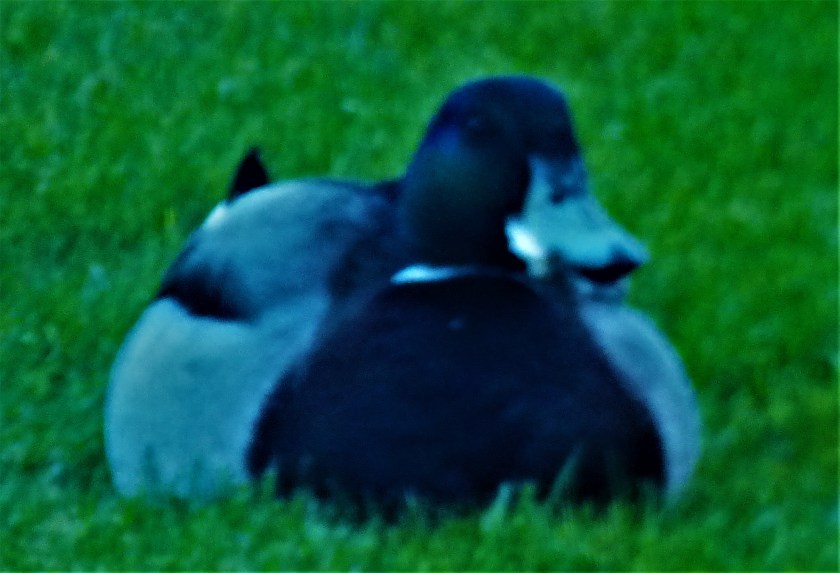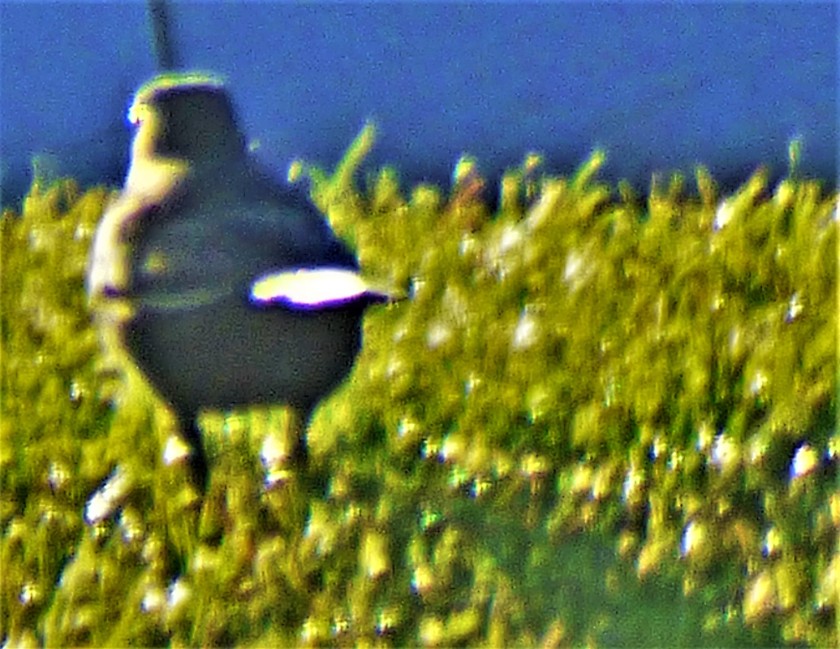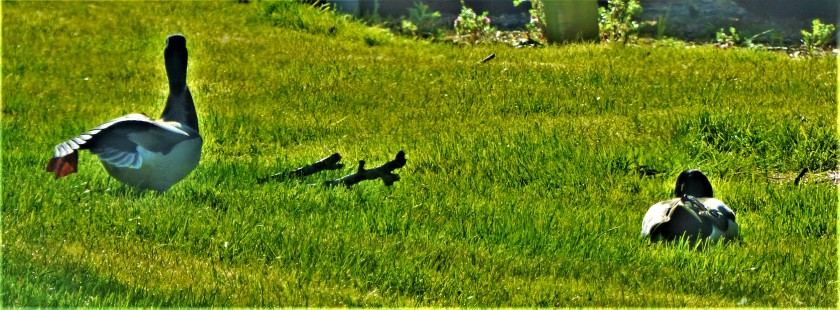INTRODUCTION
Welcome to the next post in my “All Time XIs” series. We are now in the middle of our virtual trek round the first class cricketing counties, and appropriately for such a position we will be looking at the most landlocked of all the 18 first class counties, Warwickshire.
WARWICKSHIRE ALL TIME XI
- Dennis Amiss – the only Warwickshire player to have score 100 first class hundreds. He also had the knack of going on after reaching three figures – his test best was 262 not out to save a match in Kingston, Jamaica, and he also scored a double century at The Oval in 1976 when Michael Holding was the only bowler on either side able to extract anything from the pitch (14-149 in the match for the speedster).
- Willie Quaife – a diminutive batter (exact height unknown but estimates vary between 5′ 2″ and 5′ 5″) who showed great endurance in two ways – he played a number of very long innings for his county, and his career was exceptionally long – his last first class century, scored just before his retirement was made at the age of 56 years and 4 months making him the oldest ever first class centurion (a record previously held by W G Grace who played an innings of 166 on his 56th birthday). He and his son Bernard Quaife created a first and only in first class cricket when playing for Warwickshsire against Derbyshire they opened the batting together against the bowling of the Billy and Robert Bestwick, who were also father and son. He also bowled serviceable leg breaks.
- Jonathan Trott – an adhesive rather than flamboyant no 3 whose finest hours (and there were many of them, especially at Brisbane and Melbourne) came during the 2010-11 Ashes. His England career could still be going now but for mental health issues that forced him to abandon international cricket.
- Ian Bell – one the best timers of a cricket ball ever seen and possessed of a good range of shot.
- *Tom Dollery – possibly the first professional cricketer to be entrusted with the captaincy of his county (for a long time the very notion of a mere professional being a county captain would have been laughed at) on an official basis, a fine middle order bat and also a serviceable wicket keeper.
- Frank Foster – an attacking middle order bat with a career best of 305, he was also an excellent left arm quick bowler (on the 1911-12 Ashes tour, when England won the series 4-1, he and the legendary S F Barnes shared the new cherry and Foster took 32 wickets to Barnes’ 34 for the series) and a splendid fielder.
- Dick Lilley– my pick from various possible wicketkeepers. He was an England regular for many years, playing 32 Ashes matches in which he made 84 dismissals behind the stumps. A career high first class score of 171 shows that he could bat as well. In “Jessop’s Match” of 1902 he shared a partnership of 34 with George Hirst that took England to within 15 of victory, which remaining runs were accumulated by Hirst and Rhodes.
- Percy Jeeves – a fast medium bowler and talented lower middle order batter, he was just beginning to establish himself when World War 1 broke out. He was one of the very many who died in that conflict. One of his better performances caught the eye of P G Wodehouse (who played in an Authors vs Actors match in 1907 with Arthur Conan Doyle and A A Milne among his team mates), and encouraged that worthy to give the name Jeeves to Percy Wooster’s valet.
- Bob Willis – a right arm fast bowler, and my envisaged new ball partner for Frank Foster. He took 325 test wickets in a long and distinguished career. His finest hour came at Headingley in 1981. After Australia had made 401-9 declared in their first innings, a total that their captain Kim Hughes described as ‘worth about a thousand on that pitch’, an assessment endorsed by England skipper Mike Brearley, England were bowled at for 174, followed on and were 135-7 when Botham and Dilley added 117 in 80 minutes for the eighth wicket, Botham and Old added 67 for the ninth wicket, and Willis himself lasted long enough in Botham’s company for a further 37 to be scored. Australia needing 130 were cruising at 56-1 when Willis who had bowled an unsatisfactory spell from the Football Stand End was put on at the Kirkstall lane end for one last effort to save his career. 11 overs later (six of them from Willis in that spell), Australia were 75-8 and six of the wickets had fallen to Willis. Dennis Lillee and Ray Bright then had a last fling that yielded 35 in four overs before Lillee miscued a drive and Gatting (of all people) took a running diving catch at mid on. Alderman was dropped twice in the slips off Botham, before Willis produced a yorker that shattered Bright’s stumps to give England victory by 18 runs. Willis had taken 8-43 and a career that had nearly been over was revived with a vengeance – he would go on to captain England and would bow out of international cricket at the end of the 1984 season. Mike Brearley’s “Phoenix From The Ashes” tells the story of the 1981 Ashes, while Rob Steen and Alastair McLellan’s “500-1” (based on the odds given against England at one stage of the match) is a book devoted to Headingley 1981 specifically.
- Lance Gibbs – an offspinner who was briefly the world’s leading test wicket taker, with 309, and my choice for overseas player.
- Eric Hollies – a legspinner who has the record ‘wrong way round’ disparity between runs scored (1,673) and wickets taken (2,323) in first class cricket. He once went 71 successive first class innings without reaching double figures. It was his googly that denied Bradman a test average of 100 (a single boundary in that innings would have seen Bradman both to 7,000 test runs and a guaranteed 100 average).
This team consists of a solid top five, a top class all-rounder in Foster, a top class wicket keeper who could also bat, and four well varied bowlers. It is true that with Willis as high as number nine the tail looks a long one, but I think there is enough batting to cope with that.
VARIOUS OMISSIONS
To many people the most glaring omission will be that of the holder of the world test and first class individual scores (the latter of which he made for Warwickshire), Brian Charles Lara. As is so often the case I considered that there was enough home grown batting strength and that the single overseas player I am allowing myself was needed to strengthen both the depth and variety of the bowling. This also explains why I opted for Gibbs ahead of Allan Anthony Donald, a right arm fast bowler whose presence would have changed the balance of the bowling attack. Similarly had I opted for Shaun Pollock, right arm fast medium and useful lower order batter, as overseas player it would have meant a side with a different balance to it.
Among the home grown batters MJK Smith, Dominic Ostler (a fine middle order player in the 1990s who was resolutely ignored by the England selectors), James Troughton (a contemporary of Ian Bell, and at one stage considered to be at least as likely an England prospect), John Jameson, Nick Knight and Bob Wyatt would all have had their advocates.
Tiger Smith, Tim Ambrose (although please note he was called up for England while still at Sussex) and A C Smith (who once stepped in as an emergency bowler and collected a hat trick) would all have their advocates for the gauntlets, and someone utterly obsessed to the exclusion of all else with getting runs from their keeper might even point to Geoff Humpage.
Fast bowler Harry Howell, fast mediums David Brown, Gladstone Small and Tim Munton might all also attract attention. Offspinner Neil Smith might be pointed to from certain quarters, but he paid 37 runs per wicket, which is expensive.
I look forward to your comments, although if indicating someone else should be in the team, please also indicate who you would drop to make way for them.
PHOTOGRAPHS
Time for my usual sign off…













